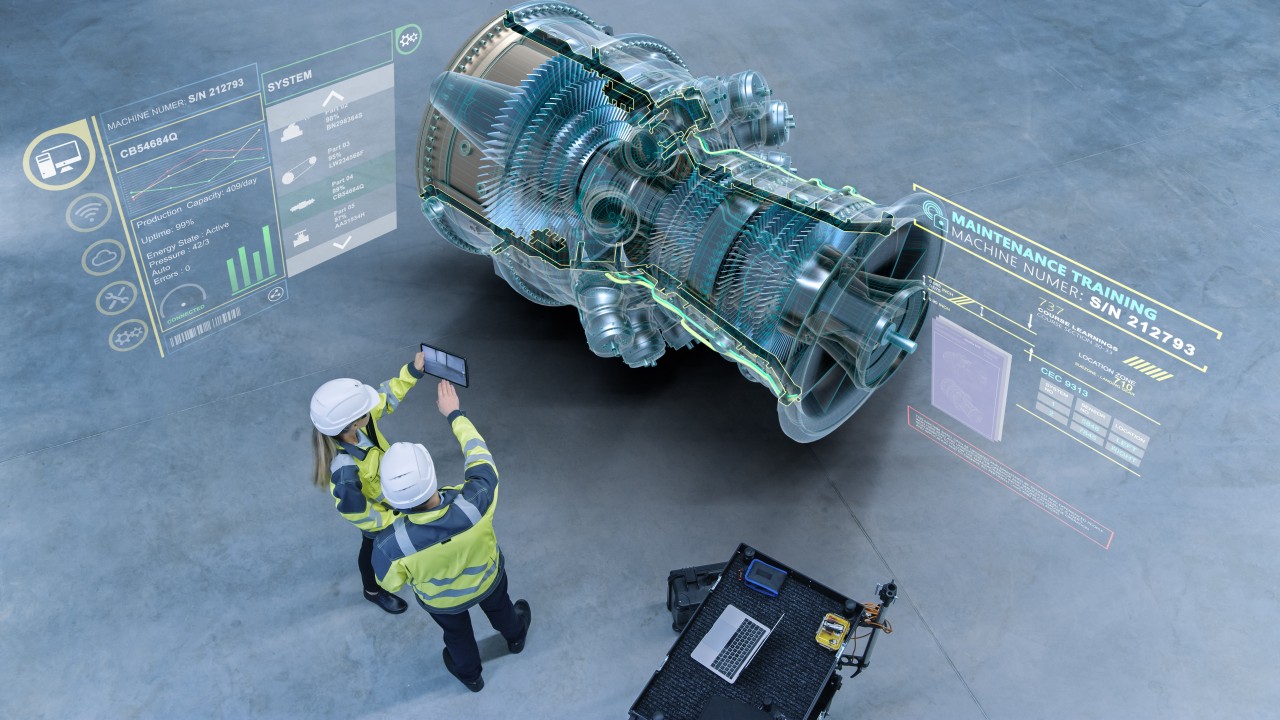
In aviation, knowing the complete history of a part—from its manufacture to its final installation or retirement—is vital to ensuring safety and compliance. This 'back-to-birth' traceability is especially important for life-limited and critical components like engines, landing gear, and avionics. However, traditional tracking methods are fragmented and vulnerable to errors or manipulation. Blockchain offers a revolutionary solution by enabling immutable, end-to-end digital traceability for every aircraft part.
What is Back-to-Birth Traceability?
Back-to-birth traceability refers to the ability to track an aviation part's complete lifecycle: from manufacturing and certification, through every transaction, repair, and usage event, to its eventual disposal. This ensures that at any point in time, stakeholders can verify a part's origin, airworthiness, and compliance status.
Why Traditional Systems Fall Short
Most aviation parts are tracked using paper documentation, standalone ERP systems, or custom spreadsheets. These records are often not interoperable and can be lost, duplicated, or falsified. During aircraft transitions or audits, MROs and lessors may spend days or weeks reconstructing part histories—an expensive and error-prone process.
How Blockchain Delivers True Traceability
Blockchain technology provides a secure, distributed ledger that records each part event with cryptographic integrity. Each time a part changes hands, undergoes maintenance, or is inspected, the event is added to its blockchain record. This record cannot be altered, and it is instantly accessible to authorized stakeholders.
Key features include:
- Tamper-proof records of origin, ownership, and service
- Real-time visibility across all supply chain participants
- Unique digital identifiers linked to each physical component
- Compatibility with digital twins and IoT data for enhanced condition monitoring
Use Case: Engine Part History
Imagine a turbine blade used in a commercial jet engine. From the moment it's manufactured, its digital record begins on the blockchain. As it moves to the OEM, then the MRO shop, then gets installed by an airline, every interaction is recorded. If it's removed and overhauled, the details are added. At any moment, the full back-to-birth history is accessible—with no paper trail to chase.
Stakeholder Benefits
Each aviation sector gains from blockchain-based traceability:
Airlines
Improved reliability and easier regulatory audits
Lessors
Faster transitions and stronger asset protection
MROs
Streamlined workflows and reduced risk of installing unverified parts
OEMs
Better warranty enforcement and brand protection
Getting to Industry-Wide Adoption
Collaboration is key. Standardizing data models, ensuring interoperability, and aligning with regulatory authorities will drive adoption. The momentum seen in initiatives like SkyThread, IATA's blockchain pilots, and airline-OEM partnerships is encouraging.
Conclusion
Back-to-birth traceability is no longer just a compliance goal—it's a competitive necessity. Blockchain delivers the foundation for a trusted, verifiable, and efficient tracking system that benefits the entire aviation ecosystem. With secure digital records from hangar to ledger, aviation is poised to reach new levels of transparency and operational safety.



